Home>Gardening & Outdoor>Landscaping Ideas>How To Revive Burnt Grass
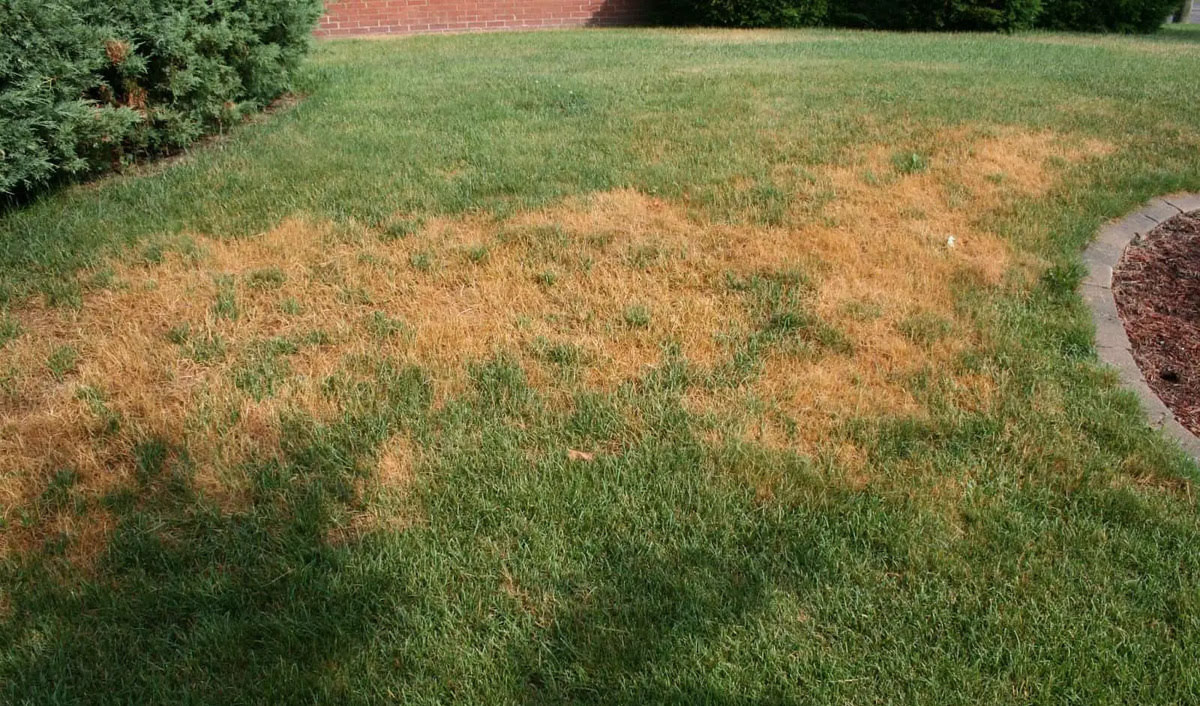

Landscaping Ideas
How To Revive Burnt Grass
Modified: August 16, 2024
Learn effective landscaping ideas to revive burnt grass and restore the lush greenery of your lawn. Find expert tips and techniques for bringing your lawn back to life.
(Many of the links in this article redirect to a specific reviewed product. Your purchase of these products through affiliate links helps to generate commission for Storables.com, at no extra cost. Learn more)
Introduction
Reviving burnt grass can be a daunting task, especially when your once-lush lawn has succumbed to the scorching heat of summer or the aftermath of a hot spell. The sight of brown, withered grass can be disheartening, but fear not, as there are effective strategies to breathe new life into your lawn. With a combination of proper watering, fertilization, and maintenance, you can restore your lawn to its former green glory.
In this comprehensive guide, we will delve into the causes of burnt grass and explore practical steps to revive it. By understanding the underlying factors and implementing the right techniques, you can transform your lackluster lawn into a vibrant, healthy carpet of green. So, roll up your sleeves, put on your gardening gloves, and let's embark on the journey to revive your burnt grass.
Key Takeaways:
- Patience, care, and strategic approach are key to reviving burnt grass. Understand the causes, adjust watering and fertilization, and nurture the lawn back to vibrant green with targeted maintenance.
- Deep, infrequent watering, balanced fertilization, and proper mowing are essential for burnt grass revival. Tailor your approach, monitor progress, and witness your lawn’s transformation.
Read more: How To Revive Ornamental Grass
Understanding the Causes of Burnt Grass
Burnt grass is a common issue that arises due to various factors, and gaining insight into these causes is crucial in effectively addressing the problem. One of the primary culprits behind burnt grass is excessive heat and prolonged exposure to sunlight. During periods of intense heat, grass can become dehydrated and scorched, leading to unsightly brown patches across the lawn.
Another common cause of burnt grass is over-fertilization, particularly the excessive use of nitrogen-rich fertilizers. While fertilizers are essential for promoting healthy grass growth, an overdose can result in chemical burns, causing the grass to wither and lose its vibrant green hue.
Furthermore, improper watering practices can contribute to the browning of grass. Inadequate watering, especially during dry and hot conditions, can leave the grass parched and prone to burning. Conversely, overwatering can lead to waterlogged soil, suffocating the grass roots and impeding their ability to absorb essential nutrients.
Additionally, compacted soil and thatch buildup can hinder the grass’s access to air, water, and nutrients, making it more susceptible to burning. These factors underscore the importance of aerating the lawn and addressing excessive thatch to promote optimal grass health.
Understanding the causes of burnt grass empowers homeowners to take proactive measures to mitigate these issues and prevent future occurrences. By identifying the underlying factors contributing to the lawn’s distress, you can tailor your revival efforts to address specific challenges and set the stage for successful grass rejuvenation.
Steps to Revive Burnt Grass
Reviving burnt grass requires a systematic approach that encompasses targeted care and nurturing to restore the lawn’s vitality. By following these essential steps, you can breathe new life into your scorched lawn and foster lush, green growth.
Assess the Damage: Before embarking on the revival process, assess the extent of the damage to determine the scope of intervention required. Identify areas of severe browning and evaluate the overall health of the grass to tailor your efforts effectively.
Remove Debris and Thatch: Clear the affected areas of any debris, such as dead grass, leaves, or branches, to create a clean canvas for revitalization. Additionally, addressing excessive thatch buildup through dethatching can promote better air circulation and water penetration, aiding in the recovery of burnt grass.
Reseeding and Overseeding: In areas where the grass has been irreversibly damaged, reseeding or overseeding can be instrumental in replenishing the lawn. Choose high-quality grass seed that is well-suited to your region and follow proper seeding techniques to encourage robust regrowth.
Adjust Mowing Height: Raise the mower blades to a higher setting to avoid further stress on the grass. Taller grass blades provide shade for the soil, helping to retain moisture and protect the delicate new growth emerging during the revival process.
Implement Proper Watering: Consistent and deep watering is essential for rejuvenating burnt grass. Water the lawn in the early morning to minimize evaporation, ensuring that the soil receives adequate moisture without becoming waterlogged. Monitor the soil moisture levels and adjust your watering schedule based on the grass’s needs and prevailing weather conditions.
Apply a Layer of Mulch: Mulching the newly seeded or overseeded areas can aid in moisture retention and provide a protective barrier for emerging grass shoots. Organic mulch, such as shredded bark or straw, can offer valuable insulation and promote favorable conditions for grass germination and growth.
Monitor and Adjust: Keep a close eye on the revived areas, monitoring the progress of new growth and adjusting your care regimen as needed. Be attentive to signs of stress or inadequate growth, and make timely adjustments to optimize the lawn’s recovery.
By diligently following these steps and providing the necessary care, you can set the stage for the successful revival of burnt grass, ushering in a revitalized and verdant lawn that enhances the beauty of your outdoor space.
Watering Techniques for Burnt Grass
Effective watering practices play a pivotal role in the revival of burnt grass, providing vital moisture to rejuvenate the lawn and support healthy growth. Implementing the right watering techniques can make a substantial difference in the lawn’s recovery, ensuring that the grass receives the hydration it desperately needs to bounce back from the brink of desiccation.
Deep and Infrequent Watering: When reviving burnt grass, it is imperative to water deeply and infrequently to encourage robust root development. Shallow, frequent watering can lead to weak and shallow root systems, exacerbating the grass’s vulnerability to heat stress and dehydration. Instead, aim to deliver a thorough soaking that penetrates the soil to a depth of at least 6 inches, promoting stronger and more resilient grass roots.
Early Morning Watering: Schedule your watering sessions for the early morning hours, ideally before 10 a.m. Watering at this time allows the grass foliage to dry during the day, reducing the risk of fungal diseases and minimizing water loss through evaporation. Early morning watering also ensures that the grass receives the moisture it needs to withstand the day’s heat and transpire effectively.
Monitor Soil Moisture: Regularly assess the moisture levels in the soil to gauge the lawn’s hydration needs accurately. Use a soil moisture meter or simply probe the soil with a screwdriver to determine its dampness. Adjust your watering frequency based on the soil’s moisture content, ensuring that the grass is neither parched nor waterlogged.
Consideration for Sloped Areas: If your lawn features sloped or uneven terrain, pay special attention to the watering of these areas. Slopes can pose challenges in water distribution, often leading to runoff and uneven moisture levels. To address this, water these areas in shorter intervals, allowing the moisture to penetrate the soil without runoff, and adjust the flow rate as needed to prevent wastage.
Invest in a Quality Sprinkler System: A well-designed sprinkler system can streamline the watering process and ensure uniform coverage across the lawn. Consider investing in a programmable sprinkler with adjustable settings to deliver precise and efficient watering, taking into account factors such as soil type, sun exposure, and the specific needs of different lawn areas.
By adhering to these watering techniques and tailoring your approach to the unique characteristics of your lawn, you can optimize the hydration of burnt grass, fostering a resilient and verdant carpet of green that rejuvenates your outdoor space.
Water the burnt grass deeply and regularly to help it recover. Use a sprinkler or hose to ensure the soil is moist but not waterlogged. Avoid mowing until the grass has fully recovered.
Fertilizing Burnt Grass
Fertilization is a fundamental aspect of nurturing burnt grass back to health, providing essential nutrients that bolster the grass’s resilience and promote vigorous growth. However, when fertilizing burnt grass, it is crucial to exercise caution and adhere to best practices to avoid exacerbating the existing stress on the lawn. By following these guidelines, you can harness the power of fertilization to revitalize your burnt grass effectively.
Assess Nutrient Deficiencies: Before applying fertilizer, assess the lawn’s nutrient deficiencies to determine the appropriate formulation and ensure targeted nourishment. Soil testing can provide valuable insights into the specific nutrient requirements of your lawn, guiding your fertilizer selection and application strategy.
Choose a Balanced Fertilizer: Opt for a balanced fertilizer with a moderate nitrogen content, ideally with a formulation such as 10-10-10, which represents the percentages of nitrogen, phosphorus, and potassium. A balanced fertilizer can provide comprehensive nourishment to the grass without promoting excessive top growth, which can strain the already stressed lawn.
Timing and Application: Apply the fertilizer when the grass is actively growing, typically during the spring and fall seasons. Avoid fertilizing during periods of heat stress, as this can further burden the grass and impede its recovery. Use a broadcast spreader to apply the fertilizer evenly, ensuring uniform coverage across the lawn to promote consistent and balanced growth.
Consider Slow-Release Fertilizers: Slow-release fertilizers offer the advantage of gradual nutrient release, providing sustained nourishment to the grass over an extended period. This can help prevent the risk of fertilizer burn, especially when dealing with already stressed and vulnerable grass. Additionally, slow-release formulations contribute to more efficient nutrient uptake by the grass, supporting sustained and steady growth.
Avoid Excessive Fertilization: While fertilization is essential for replenishing the lawn’s nutrient reserves, excessive fertilization can lead to chemical burns and further stress the grass. Adhere to the recommended application rates and avoid the temptation to over-fertilize in an effort to expedite the grass’s recovery. Moderation is key to fostering gradual and sustainable growth without overwhelming the lawn.
Post-Fertilization Watering: After applying the fertilizer, water the lawn lightly to facilitate the dissolution of the nutrients and promote their absorption by the grass roots. This can aid in preventing potential fertilizer burn and ensure that the nutrients are readily available to support the grass’s renewal and rejuvenation.
By approaching fertilization with prudence and mindfulness, you can harness its rejuvenating potential to nourish and fortify your burnt grass, fostering a resilient and vibrant lawn that enhances the beauty of your outdoor environment.
Read more: How To Revive Dried Grass
Mowing and Maintenance Tips for Reviving Burnt Grass
Proper mowing and maintenance practices are integral components of the grass revival process, contributing to the overall health and resilience of the lawn as it rebounds from the effects of heat stress and dehydration. By adhering to these essential tips, you can optimize the mowing and upkeep of your burnt grass, nurturing its recovery and promoting lush, vibrant growth.
Adjust Mowing Height: When reviving burnt grass, adjust the mower blades to a higher setting to avoid subjecting the grass to additional stress. Taller grass blades provide shade for the soil, helping to retain moisture and protect the delicate new growth emerging during the revival process. Aim to maintain a mowing height that is conducive to promoting healthy root development and minimizing moisture loss.
Follow the One-Third Rule: Adhere to the one-third rule of mowing, which entails removing no more than one-third of the grass blade’s length during each mowing session. This gentle approach prevents shock to the grass and supports its recovery by preserving its energy reserves. Regular, light mowing can encourage denser and more resilient growth, contributing to the overall rejuvenation of the lawn.
Sharpen Mower Blades: Ensure that the mower blades are sharp to achieve clean and precise cuts, minimizing stress on the grass and promoting faster healing of the mown blades. Dull blades can tear the grass, leaving it susceptible to disease and impeding its ability to recover from heat-induced damage. Regular blade sharpening is essential for maintaining the health and vitality of the grass.
Alternate Mowing Patterns: Vary the mowing patterns with each session to prevent the grass from developing a grain and minimize soil compaction. Altering the mowing direction promotes more even growth and distribution of stress across the lawn, contributing to a more uniform and resilient appearance as the grass regains its health.
Address Thatch and Compaction: Periodically dethatch the lawn to alleviate the buildup of organic debris and promote better air circulation and water penetration. Additionally, consider aerating the lawn to address soil compaction, facilitating the movement of air, water, and nutrients to the grassroots. These measures can enhance the grass’s recovery and support its revitalization.
Monitor Pest and Weed Activity: Keep a vigilant eye on the lawn for signs of pest infestations and weed encroachment, as stressed grass is more susceptible to these challenges. Promptly address any pest or weed issues to prevent them from hindering the grass’s recovery and impeding its rejuvenation efforts.
By integrating these mowing and maintenance tips into your lawn care regimen, you can contribute to the successful revival of burnt grass, nurturing its resilience and fostering a verdant, thriving lawn that enriches your outdoor landscape.
Conclusion
Reviving burnt grass demands patience, care, and a strategic approach to guide the lawn back to its lush and vibrant state. By understanding the underlying causes of burnt grass and implementing targeted revival techniques, you can breathe new life into your lawn, transforming it from a weary expanse of brown to a rejuvenated carpet of green.
Addressing the factors contributing to burnt grass, such as excessive heat, over-fertilization, and inadequate watering, is pivotal in devising an effective revival plan. Clearing debris, reseeding where necessary, and adjusting mowing and maintenance practices are essential steps in nurturing the grass’s recovery and promoting robust growth.
Effective watering techniques play a crucial role in revitalizing burnt grass, ensuring that the lawn receives the vital moisture it needs to rebound from the effects of heat stress. By embracing deep and infrequent watering, monitoring soil moisture, and optimizing irrigation practices, you can create an environment conducive to the grass’s rejuvenation.
Fertilization, when approached with prudence and moderation, can provide essential nutrients to support the grass’s recovery without exacerbating its stress. Choosing a balanced fertilizer, timing its application strategically, and avoiding over-fertilization are key considerations in leveraging the rejuvenating potential of fertilization.
Furthermore, mowing and maintenance practices tailored to the specific needs of burnt grass are instrumental in nurturing its revival. Adjusting mowing height, following the one-third rule, and addressing thatch and compaction contribute to the overall health and resilience of the grass as it rebounds from the effects of heat stress.
As you embark on the journey to revive your burnt grass, remember that consistent monitoring and attentive care are essential in guiding the lawn’s recovery. By fostering a nurturing environment and providing the necessary support, you can witness the gradual transformation of your once-damaged lawn into a thriving and rejuvenated landscape that enhances the beauty of your outdoor space.
With dedication and a well-informed approach, you can revitalize your burnt grass, ushering in a renewed vitality that revitalizes your outdoor environment and restores the allure of your cherished green space.
Frequently Asked Questions about How To Revive Burnt Grass
Was this page helpful?
At Storables.com, we guarantee accurate and reliable information. Our content, validated by Expert Board Contributors, is crafted following stringent Editorial Policies. We're committed to providing you with well-researched, expert-backed insights for all your informational needs.
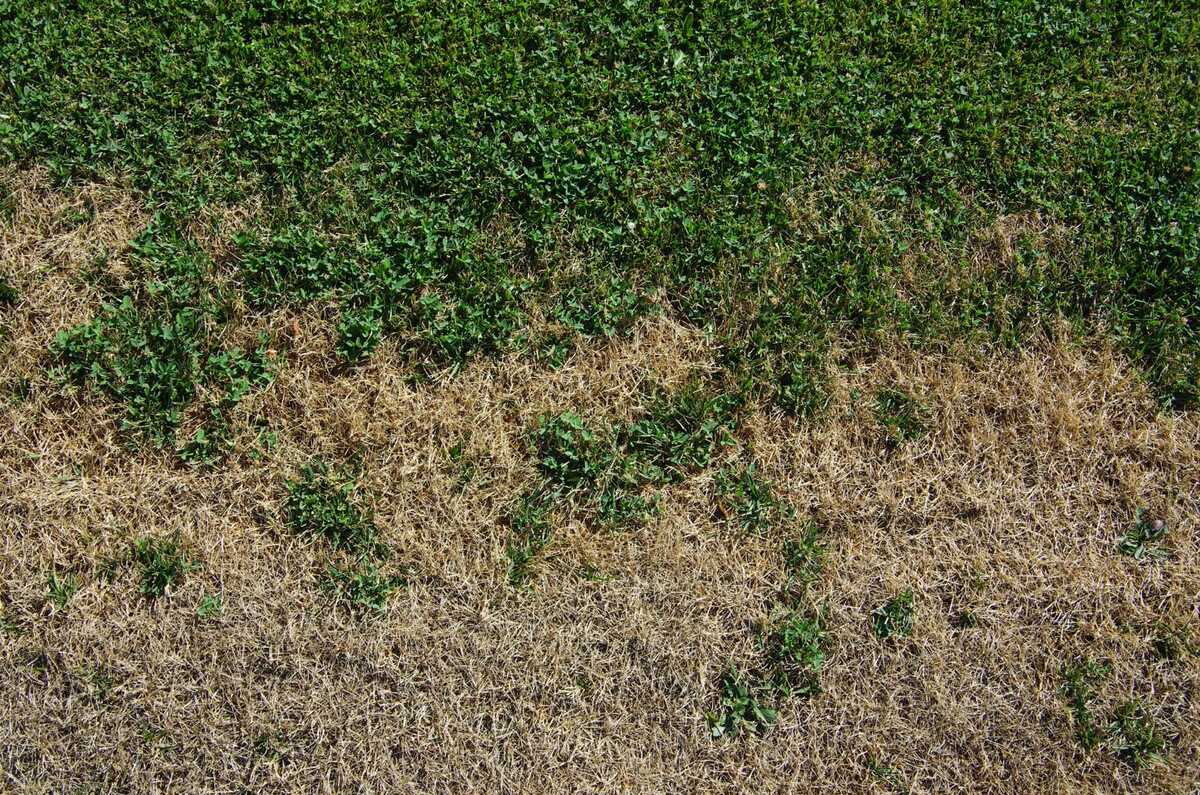
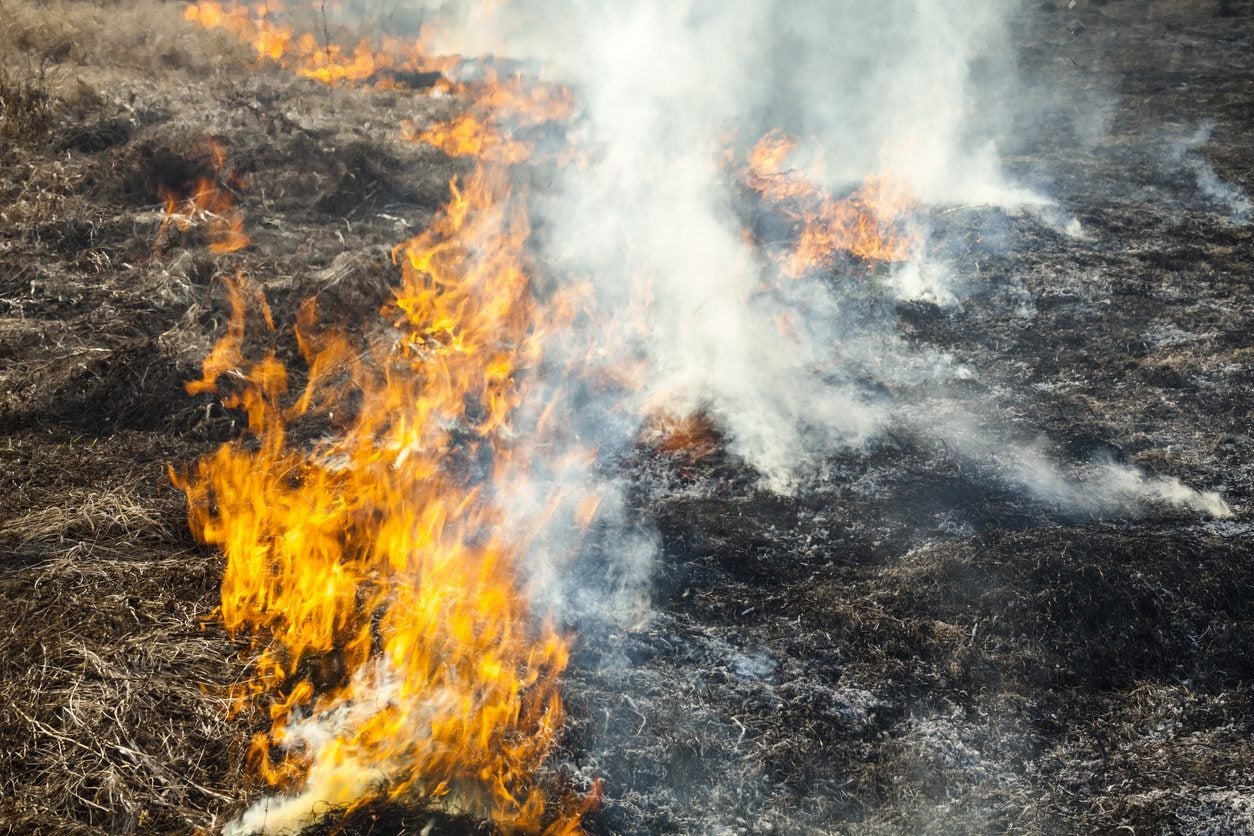
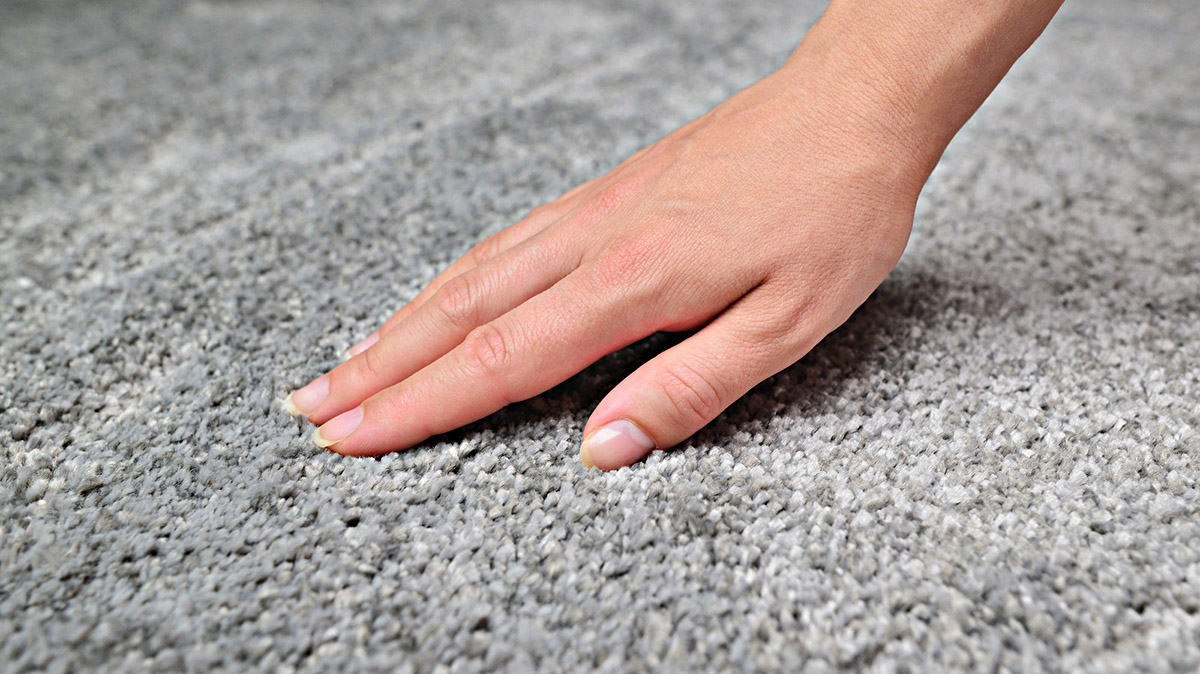


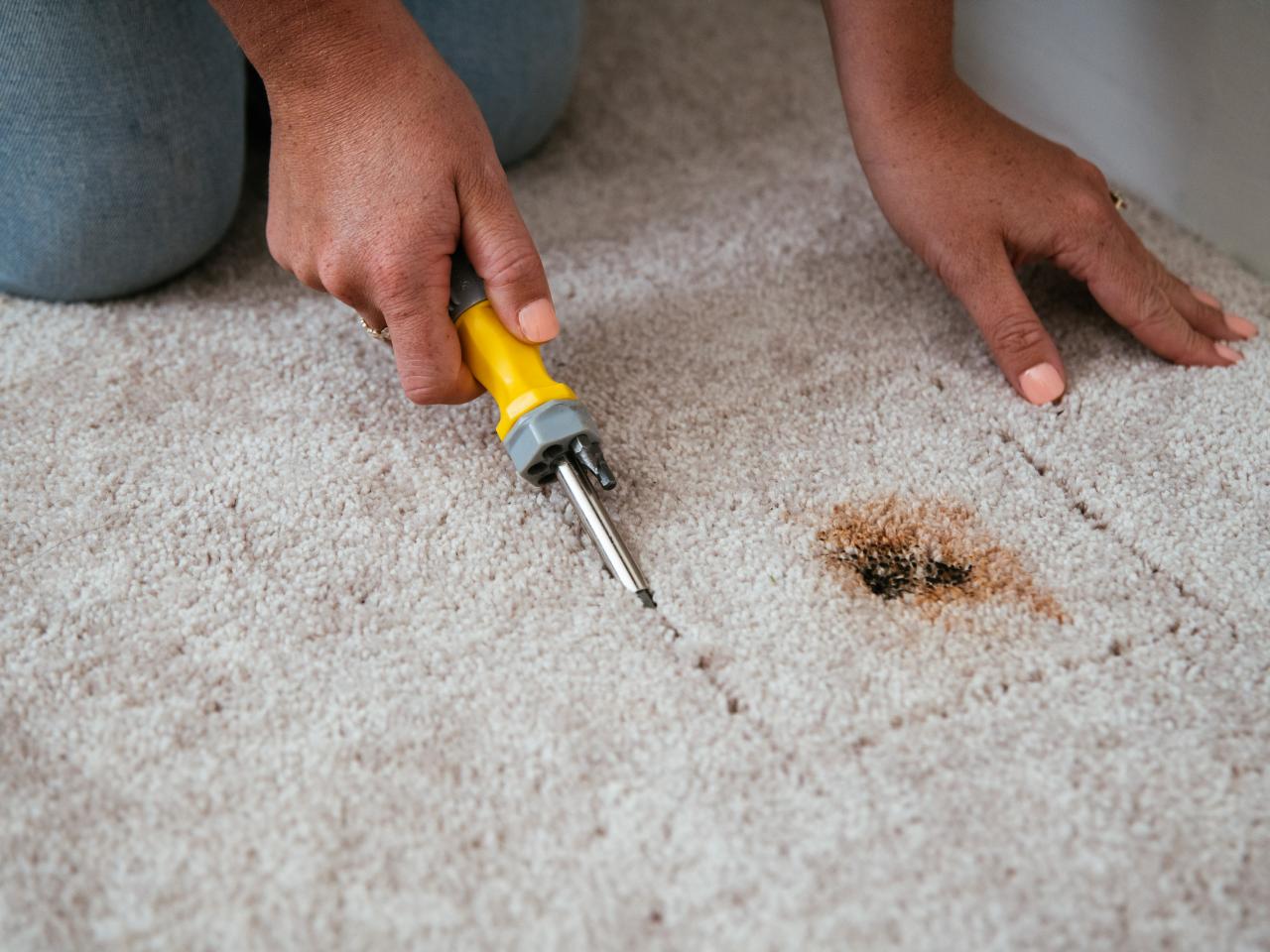
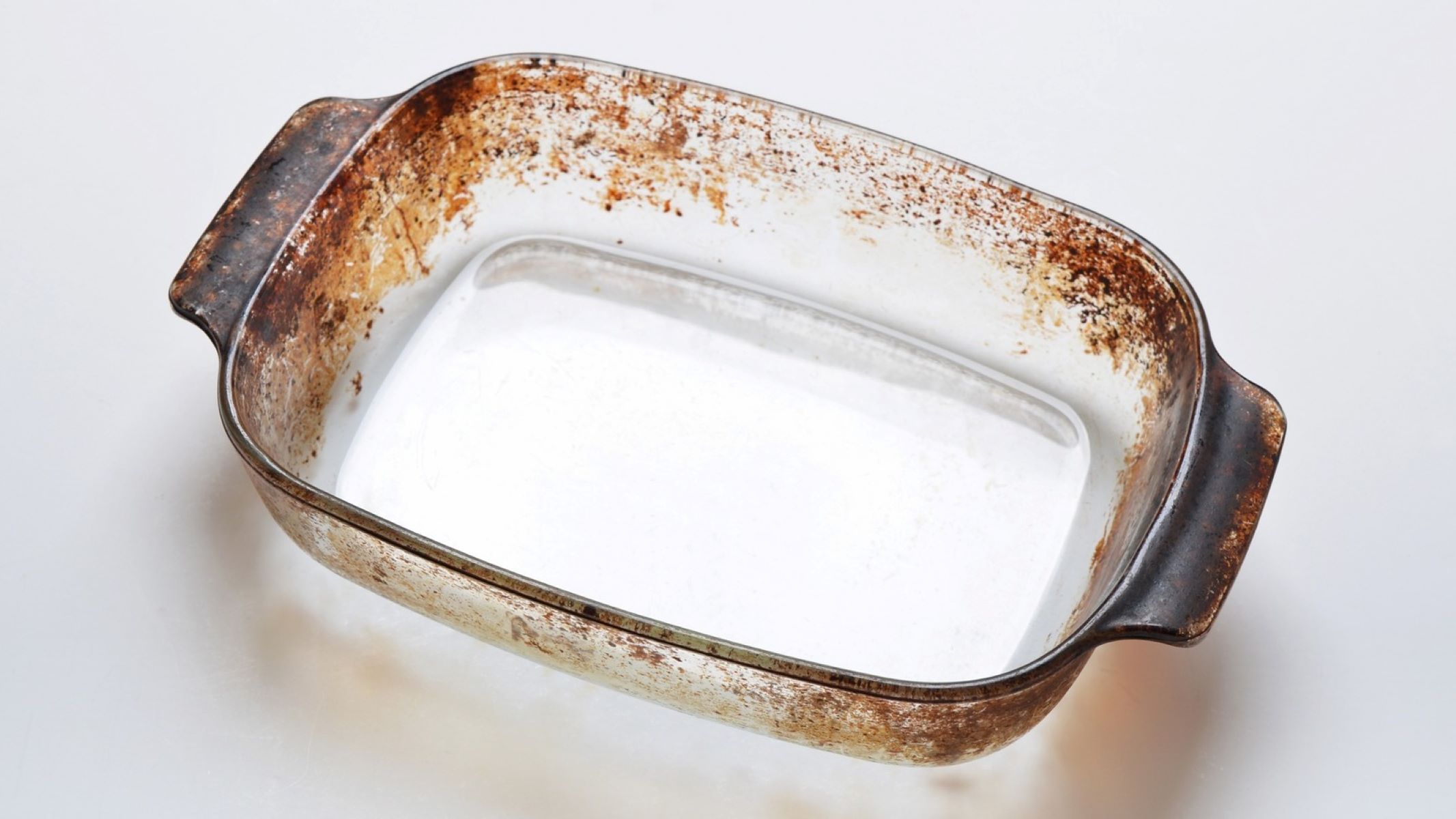

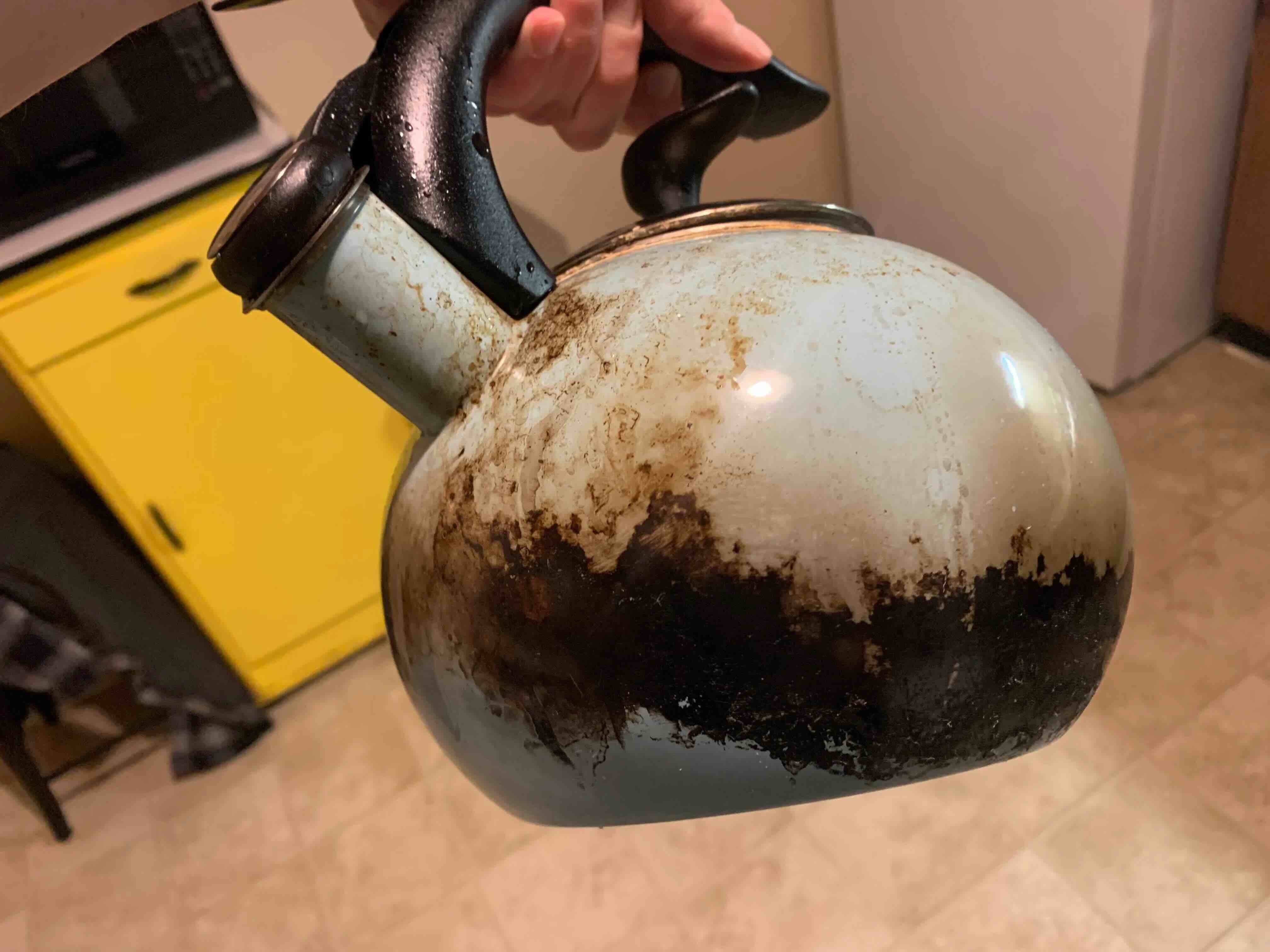
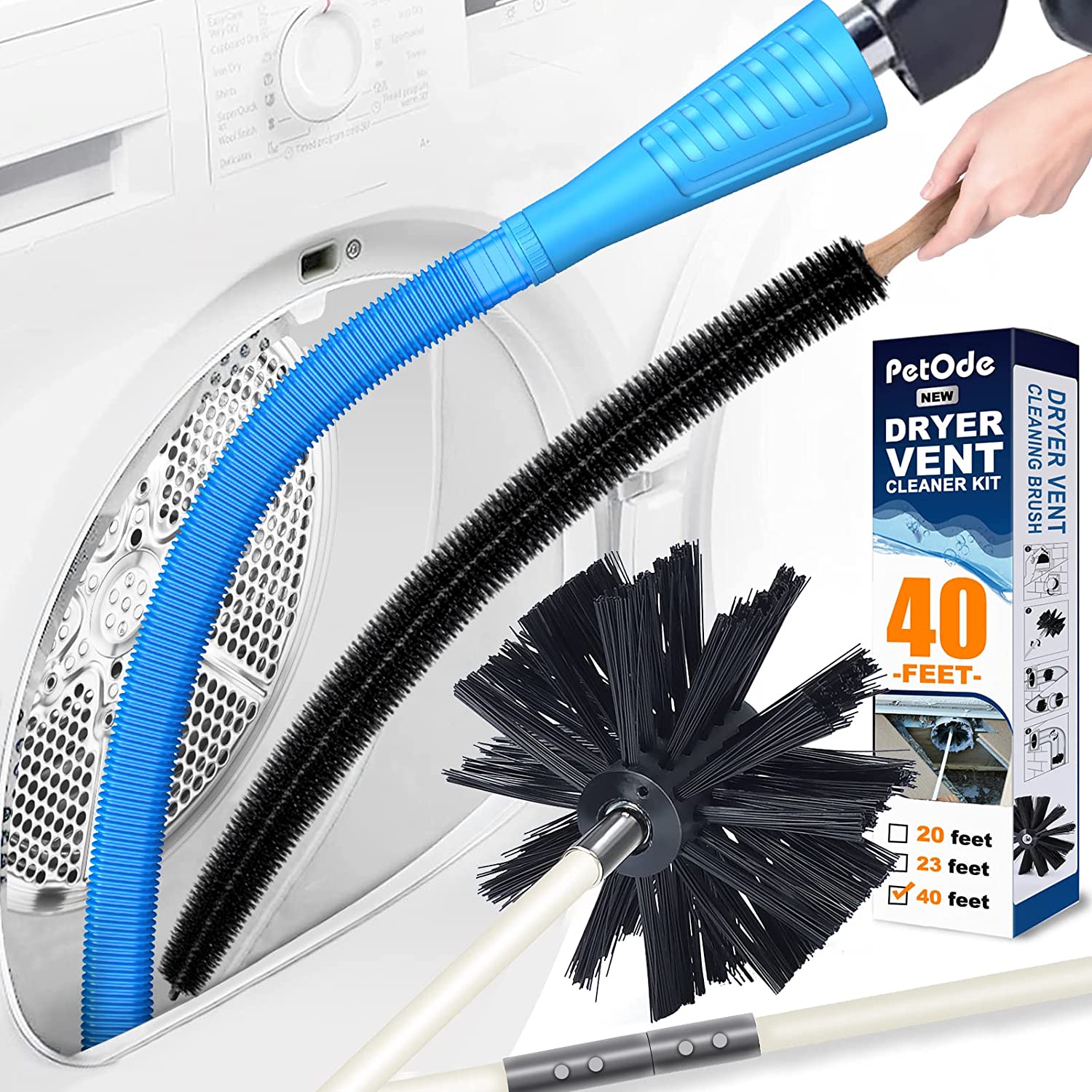
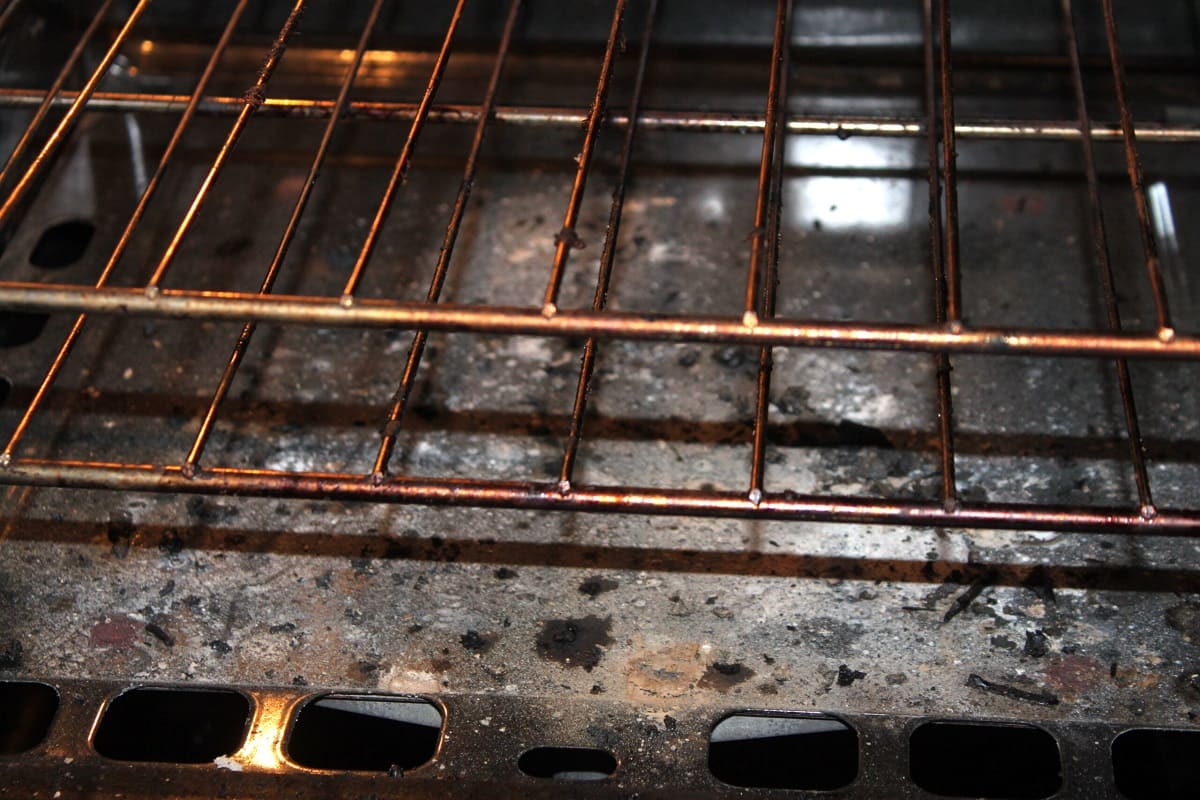

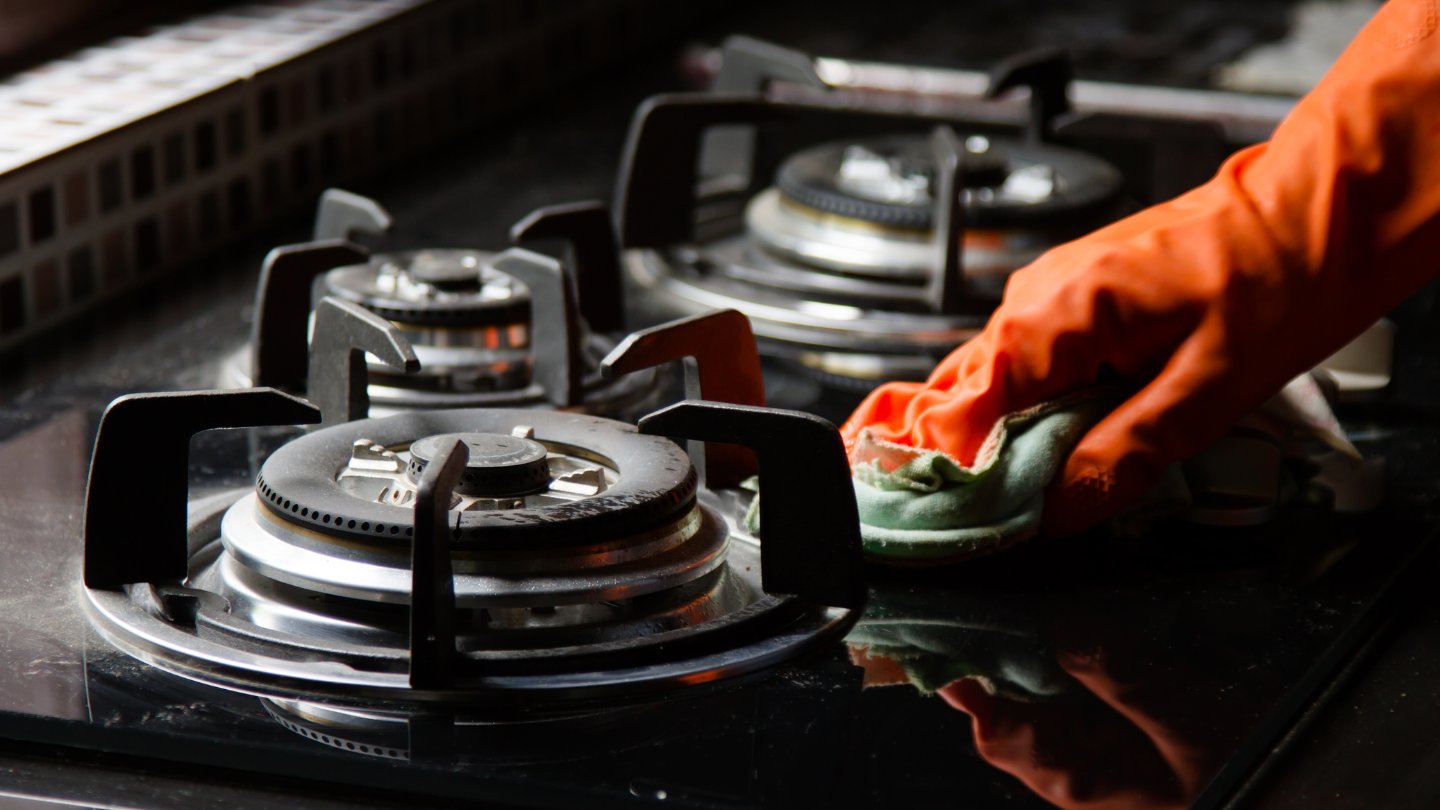


0 thoughts on “How To Revive Burnt Grass”